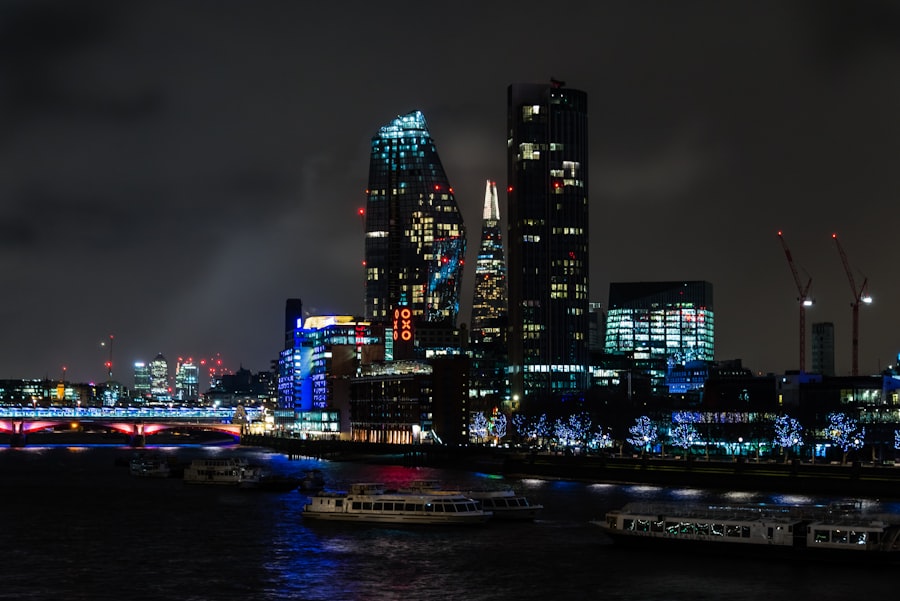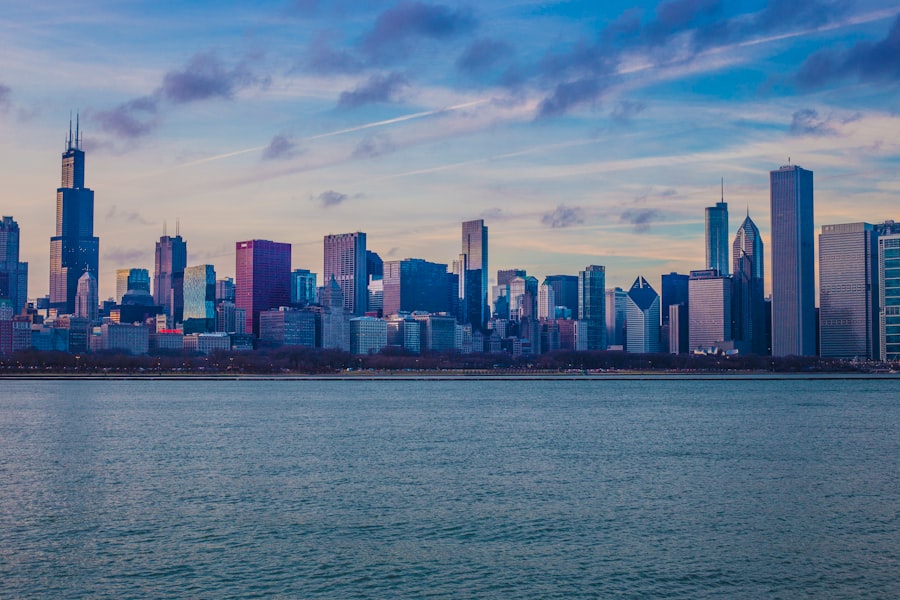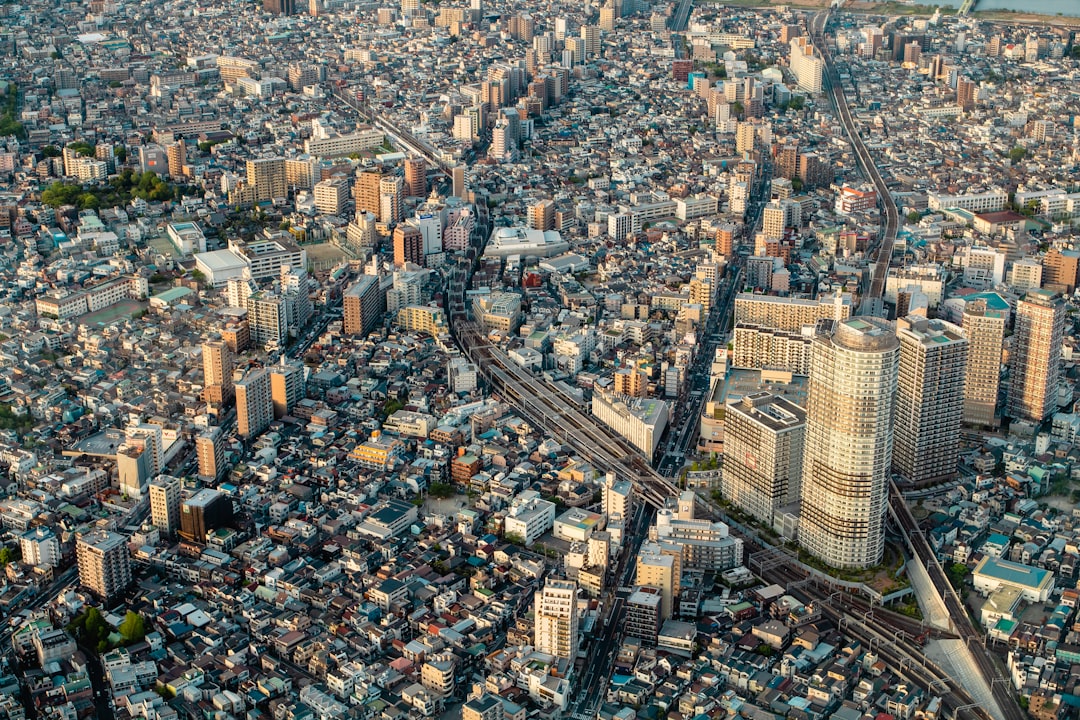The urban landscape of India underwent significant transformation during the colonial period, particularly from the late 18th century to the mid-20th century. This era marked a pivotal shift in the demographic and economic fabric of Indian society, as cities expanded and evolved under British rule. The influx of European ideas, trade practices, and administrative frameworks catalyzed urban growth, leading to the emergence of new urban centers and the expansion of existing ones.
Cities such as Bombay (now Mumbai), Calcutta (now Kolkata), and Madras (now Chennai) became focal points of colonial administration and commerce, reflecting the broader changes occurring within the subcontinent. The growth of urban areas during this period was not merely a consequence of population increase; it was also a reflection of the changing socio-economic dynamics. The British colonial administration implemented policies that encouraged migration from rural areas to cities, driven by the promise of employment opportunities in burgeoning industries and services.
This migration resulted in a demographic shift, as urban populations swelled with diverse groups seeking better livelihoods. The interplay between colonial policies and local responses shaped the character of urban growth, leading to a complex tapestry of social interactions, economic activities, and cultural exchanges.
Key Takeaways
- Urban growth in colonial India was influenced by the establishment of British administrative centers and the development of transportation and communication networks.
- Colonial rule had a significant impact on urban development, leading to the creation of new urban centers and the expansion of existing ones.
- Urban centers played a crucial role in the colonial economy, serving as hubs for trade, commerce, and administration.
- Social and cultural changes in urban areas during colonial rule included the emergence of new social classes, the spread of Western education and culture, and the development of urban infrastructure.
- Urban planning and infrastructure development in colonial India focused on creating segregated spaces for different social groups, improving sanitation, and implementing modern transportation systems.
Impact of Colonial Rule on Urban Development
Infrastructure Development and Resource Extraction
The establishment of the railway network not only connected major cities but also opened up remote areas for exploitation, allowing for the efficient transport of raw materials to ports for export. This infrastructural investment laid the groundwork for urban expansion but often prioritized colonial interests over local needs.
Uneven Distribution of Benefits and Regional Disparities
While some urban centers flourished as commercial hubs, others languished in neglect. The focus on certain cities led to a concentration of wealth and resources, exacerbating regional disparities. For example, Calcutta emerged as a thriving metropolis due to its strategic location and role as the capital of British India until 1911.
Social Tensions and Class Divisions
In contrast, smaller towns and rural areas faced stagnation as resources were diverted to support urban growth in select locations. This uneven development fostered social tensions and contributed to the emergence of class divisions within urban populations.
Role of Urban Centers in Colonial Economy

Urban centers during colonial India played a crucial role in shaping the economic landscape of the subcontinent. They served as vital nodes for trade, commerce, and industry, facilitating the flow of goods both domestically and internationally. The British established a system that integrated Indian markets into the global economy, often at the expense of local industries.
For instance, the introduction of British textiles decimated traditional handloom industries, leading to widespread unemployment among artisans. This economic disruption forced many individuals to migrate to urban areas in search of alternative livelihoods, further fueling urban growth. Moreover, cities became centers for colonial administration and governance.
The establishment of bureaucratic institutions in urban areas created a demand for services such as education, healthcare, and housing. This demand spurred the growth of various sectors, including construction and retail, which contributed to the overall economic vitality of urban centers. The rise of a new middle class—comprising clerks, teachers, and small business owners—reflected the changing economic dynamics within these cities.
However, this burgeoning middle class often found itself caught between traditional values and modern aspirations, leading to a unique cultural synthesis that characterized urban life during this period.
Social and Cultural Changes in Urban Areas
The urbanization process during colonial India brought about significant social and cultural changes that reshaped community dynamics. As cities grew, they became melting pots of diverse cultures, languages, and traditions. Migrants from various regions converged in urban centers, leading to a rich tapestry of cultural interactions.
Festivals, culinary practices, and artistic expressions flourished in this environment, creating a vibrant urban culture that was distinct from rural traditions. For example, the celebration of Durga Puja in Calcutta evolved into a grand public festival that attracted participation from various communities, showcasing the city’s cultural diversity. However, this cultural amalgamation was not without its challenges.
The rapid influx of migrants often led to overcrowding and inadequate housing conditions in urban areas. Slums emerged as a stark reminder of socio-economic inequalities, where marginalized communities faced dire living conditions. The juxtaposition of wealth and poverty within cities highlighted the disparities exacerbated by colonial policies.
Furthermore, social tensions occasionally erupted into communal violence as different groups vied for resources and recognition within the urban landscape.
Urban Planning and Infrastructure Development
Urban planning during colonial India was largely influenced by British administrative priorities and aesthetic sensibilities. The colonial government sought to impose order on rapidly growing cities through planned layouts and infrastructural projects. Notable examples include the development of New Delhi as a symbol of imperial power in the early 20th century.
Designed by British architect Edwin Lutyens, New Delhi featured wide boulevards, grand government buildings, and expansive gardens that reflected European architectural styles while also serving practical administrative functions. However, this top-down approach to urban planning often overlooked local needs and realities. The focus on grandiose projects frequently came at the expense of addressing basic infrastructure requirements such as sanitation, water supply, and housing for lower-income populations.
In many cases, colonial authorities prioritized aesthetics over functionality, leading to urban environments that were ill-equipped to handle the challenges posed by rapid population growth. The lack of adequate planning resulted in haphazard development patterns that contributed to long-term issues such as traffic congestion and inadequate public services.
Legacy of Urban Growth in Modern India

Enduring Economic and Cultural Hubs
Many cities that emerged or expanded during this period have retained their significance as economic and cultural hubs in modern India. For instance, Mumbai remains a global financial center while also grappling with challenges such as housing shortages and infrastructure deficits that can be traced back to colonial-era planning decisions.
Persistent Socio-Economic Disparities
The socio-economic disparities that characterized colonial urban centers persist today. The rapid pace of urbanization in post-independence India has led to an influx of migrants seeking opportunities in cities, resulting in similar patterns of overcrowding and informal settlements reminiscent of colonial times.
Lessons for Sustainable Development
In conclusion, understanding the dynamics of urban growth during colonial India is essential for comprehending contemporary urban issues in India today. The interplay between colonial policies, economic transformations, social changes, and infrastructural developments has left an indelible mark on Indian cities. As modern India continues to navigate its urban future, lessons from this historical period can inform strategies for sustainable development that honor both heritage and progress.
In exploring the Relevance of Urban Growth in Colonial India, it is important to consider the theories of meaning in language. This article on The Theories of Meaning in Language delves into how language shapes our understanding of urban development and colonial history. By examining the nature of language and its impact on society, we can gain a deeper insight into the complexities of urban growth during the colonial era. Additionally, understanding model-based systems engineering (MBSE) can provide valuable insights into the planning and implementation of urban development projects in colonial India.
FAQs
What is urban growth in colonial India?
Urban growth in colonial India refers to the expansion and development of cities and towns during the period of British rule, which lasted from the 18th century to the mid-20th century. This period saw significant changes in the urban landscape, including the establishment of new cities, the expansion of existing ones, and the introduction of modern infrastructure and amenities.
Why is urban growth in colonial India relevant?
Urban growth in colonial India is relevant because it had a profound impact on the social, economic, and political dynamics of the country. It led to the emergence of new social classes, the growth of industries, and the transformation of traditional urban centers into modern cities. Understanding this historical process is crucial for comprehending the present-day urban landscape and the challenges it faces.
What were the key factors driving urban growth in colonial India?
Several factors drove urban growth in colonial India, including the establishment of British administrative centers, the development of transportation and communication networks, the growth of trade and commerce, and the influx of migrant laborers seeking employment in urban areas. These factors contributed to the rapid expansion and transformation of cities and towns across the subcontinent.
What were the consequences of urban growth in colonial India?
The consequences of urban growth in colonial India were multifaceted. On one hand, it led to the modernization and industrialization of urban centers, the emergence of a new urban middle class, and the development of infrastructure such as railways, roads, and sanitation systems. On the other hand, it also resulted in overcrowding, poor living conditions, and social inequalities, as well as the displacement of traditional livelihoods and communities.
How did urban growth in colonial India shape the present-day urban landscape?
The urban growth in colonial India laid the foundation for the present-day urban landscape by shaping the spatial organization, economic activities, and social dynamics of cities and towns. Many of the urban centers that emerged or expanded during this period continue to be major hubs of economic and cultural activity in contemporary India. Additionally, the legacy of colonial urban planning and infrastructure can still be seen in the layout and architecture of many cities.






















+ There are no comments
Add yours